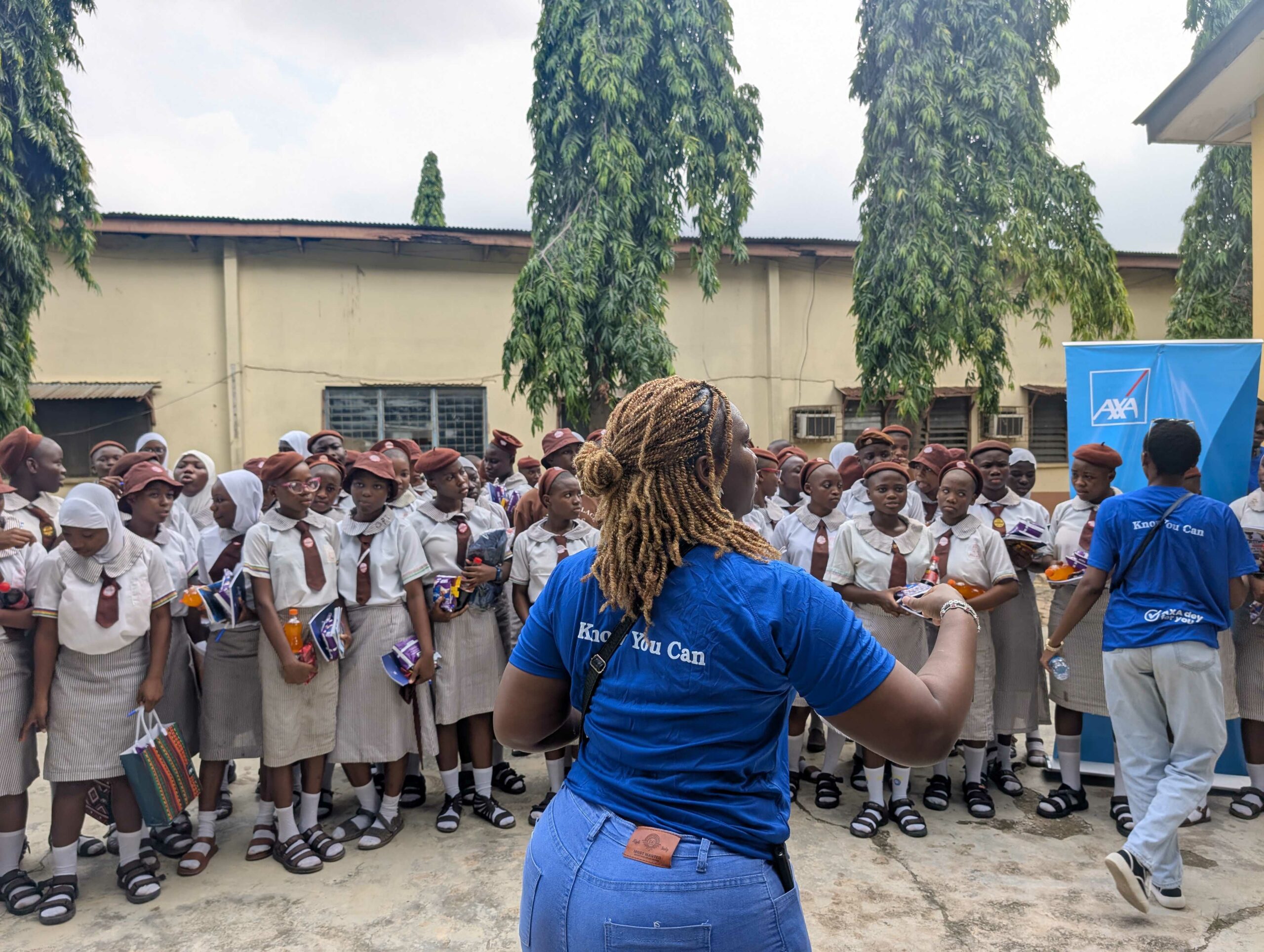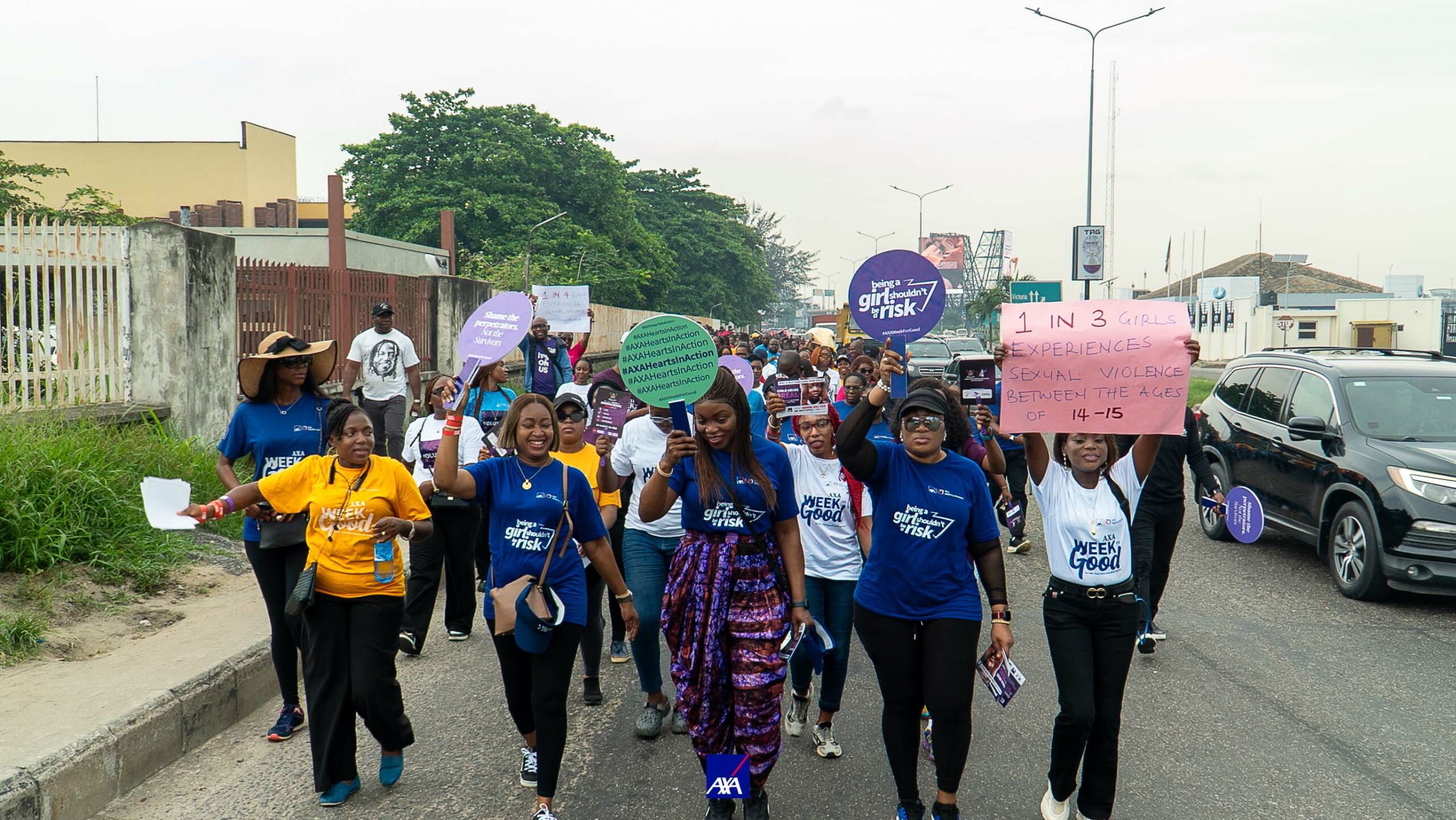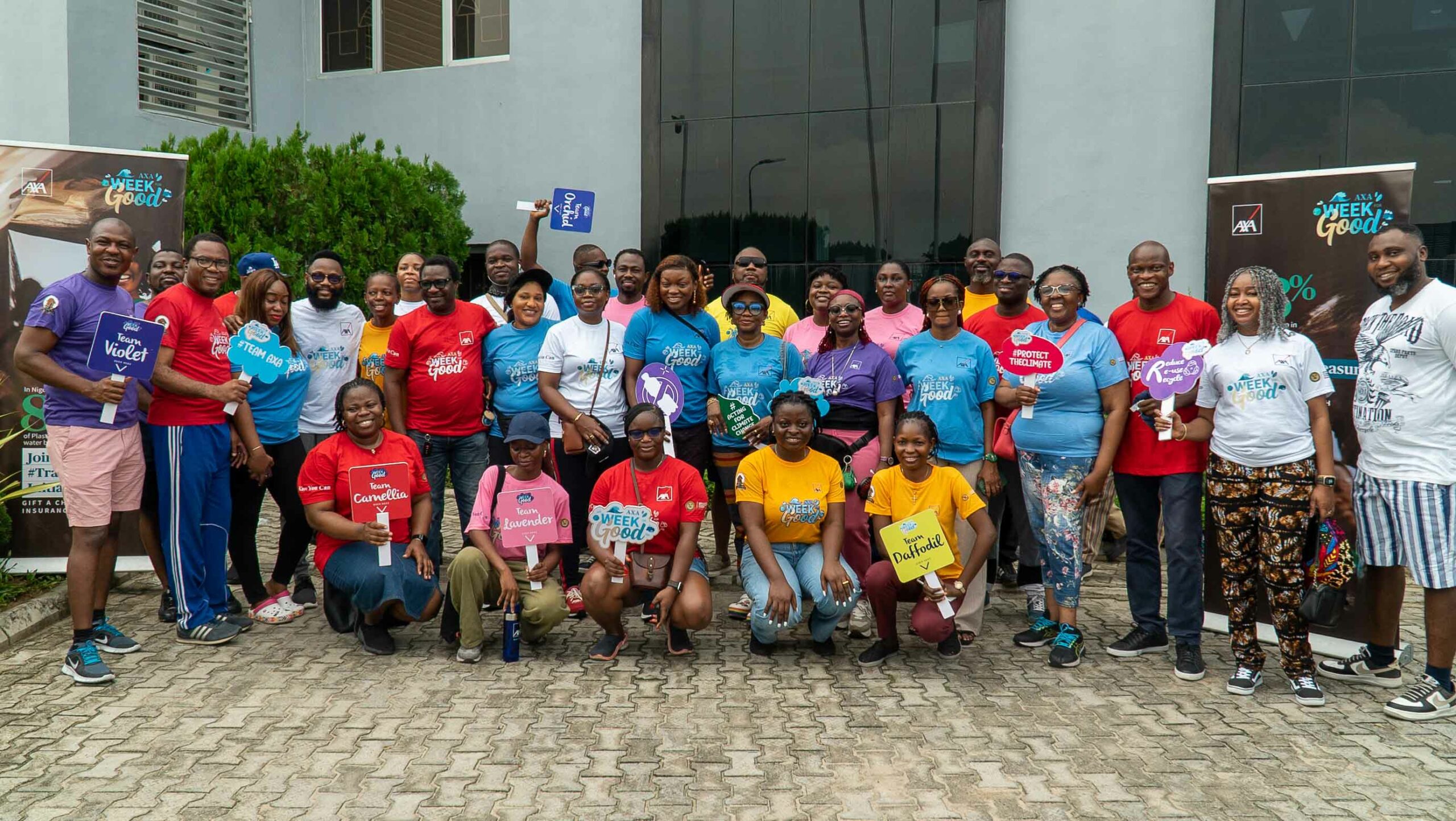These past few weeks have been filled with consistent rain, which has affected a lot of cars, due to flooding. It is common knowledge that severe weather events and flooding can cause significant damage to your vehicle and in a situation where this happens to you, it’s important that you know what is and isn’t covered under your car insurance policy.
Types of Car Insurance
- Comprehensive Car Insurance Coverage: This is the type of car insurance that is most useful in cases of flood. This insurance would pay for the damage resulting from acts of nature (such as hail, wind and floods), fire, theft, vandalism, falling objects and hitting an animal. In addition, Comprehensive car insurance would also cover cracked windshields in similar situations.
- Liability coverage: This type of car insurance is mandatory in most states as it is considered a requirement. Liability insurance covers body injury and property damage liability coverage. In some other states, it is required that drivers have first-party medical coverage, such as personal injury protection or medical payments (MedPay) coverage, and/or uninsured/underinsured motorist coverage.
- Collision coverage: An insurance like this would pay for the damage to your vehicle in the case of an accident. Accidents like rollover accidents and pothole damage would be covered by a collision car insurance coverage. Unlike the liability coverage options, collision doesn’t have a written limit. Instead, it will cover up to your vehicle’s value after depreciation, also called the actual cash value or ACV.
- Uninsured/underinsured motorist coverage: This insurance will protect you if hit by an uninsured or underinsured driver and underinsured motorist (UIM) coverage are two different car insurance coverage types, but they are frequently listed together on your auto policy.
Uninsured motorist coverage pays for your medical bills if another driver hits you and they don’t have any bodily injury liability to cover your medical expenses. This coverage may also apply if you are the victim of a hit-and-run. Underinsured motorist coverage, on the other hand, pays for medical bills that exceed the at-fault driver’s bodily injury liability limits. These coverage options may or may not be mandatory, depending on your state.
This also may cover damage to your vehicle depending on how your policy is written and if you don’t have collision coverage. - Personal Injury Protection (PIP): This is known as the first-party insurance that pays for medical bills for you, your family or your passengers regardless of who was at fault in an accident. It also covers lost wages and necessary expenses, such as childcare or household services. Although this coverage isn’t available everywhere, PIP coverage is mandatory if you live in a no fault-state.
It is important to know that basic liability insurance does not cover flood damage. However, you need Comprehensive Coverage (full coverage) to repair flood damage to your vehicle. Comprehensive insurance pays for repairs or the actual cash value of the car if it is totaled due to flooding. If your car is damaged in a flood, it may be covered if you have Comprehensive Coverage. Comprehensive is designed to help cover damage to your car from flooding, water damage, and other events outside of your control. For coverage to apply, you’ll need to have a covered claim event and Comprehensive Coverage on your policy.
Damages A Comprehensive Car Insurance Package Won’t Cover
- Car in Motion
If you drive through a deep puddle caused by a flood, your car insurance will only cover your Comprehensive Coverage may apply to damage done to your car if it was in standing water or if it had to be driven through a deep puddle in a flood or hurricane event. After the deductible, mold and damage to your engine and electrical systems may be covered under your insurance policy. However, devices not permanently installed, like navigation systems or sound equipment, aren’t typically covered. - Bad Maintenance
Your Comprehensive Insurance is designed to cover damage to your vehicle for things out of your control. For example, if a significant rainstorm causes water to leak into your vehicle, you may have coverage. However, if it’s determined the water damage was caused by a slow leak due to poor maintenance or by accidentally leaving a window open during a rainstorm, you’ll likely not be covered. - Basic Car Insurance
Basic car insurance, or liability only, will not cover damage to your car from flooding. You’ll need Comprehensive Coverage or “Full Coverage” to repair damage to your vehicle due to a flood or hailstorm. Usually, this coverage comes with a deductible that is paid before the damage is repaired



